The 8th Meeting of Health Ministers of the Shanghai Cooperation Organization (SCO) member states was held in Xi’an on April 28, 2025. During the event, the delegation from seven SCO member countries visited the First Affiliated Hospital (FAH) of Xi’an Jiaotong University (XJTU), engaging in a series of productive exchanges. The visit highlighted the hospital’s comprehensive strength in medical-engineering interdisciplinary technological innovation, international medical education cooperation, and " the Belt and Road" international exchanges, opening broad prospects and laying a solid foundation for future healthcare and medical collaboration. On April 26, 2025, Mr. Alymkadyr Beishenaliev, Minister of Health of Kyrgyzstan, led a six-member delegation to the hospital’s main division. The delegation visited key facilities successively, such as the Biobank, interventional operating rooms, and the surgical ICU. Both sides discussed potential cooperation in short-term technical training, long-term institutional partnerships, and joint scientific research.
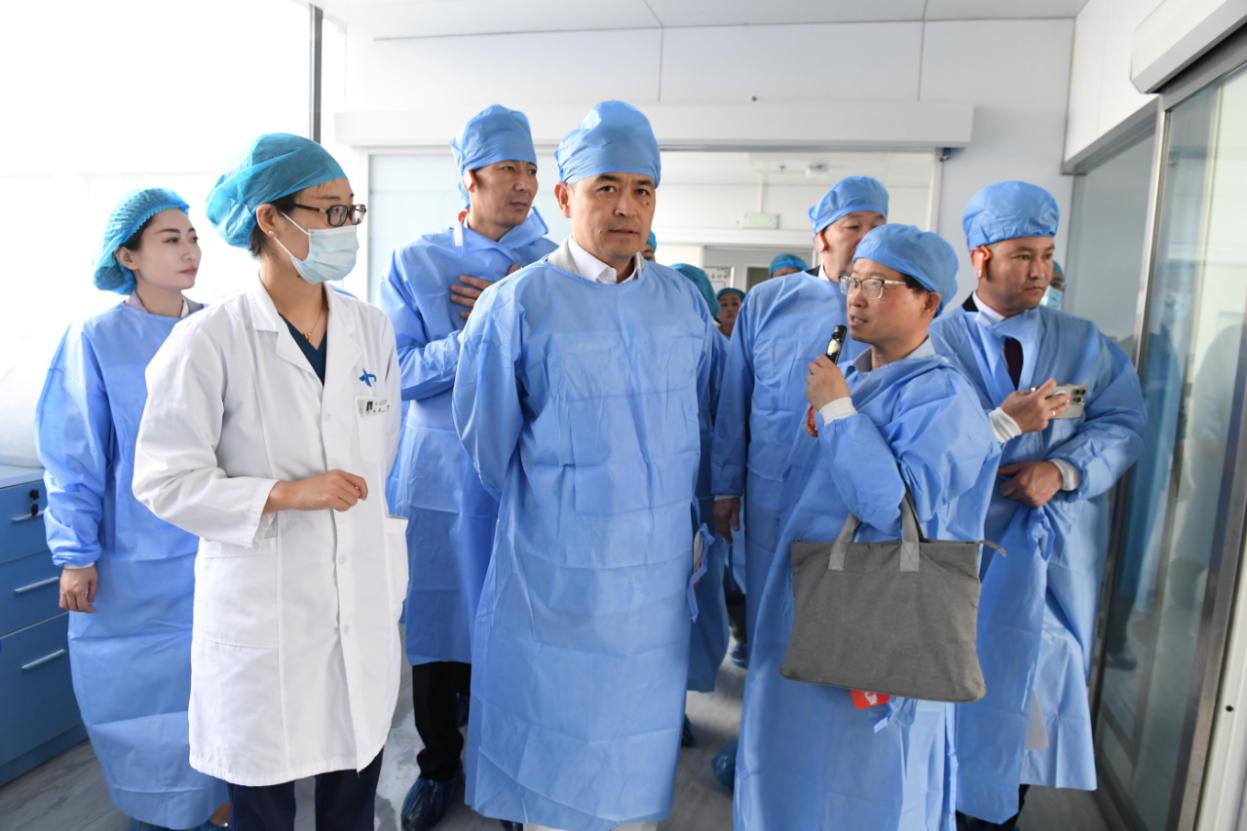
On April 27–28, senior health officials from Iran, Saudi Arabia, the Islamic Republic of Pakistan, Russia, the Republic of Belarus, and Kazakhstan led the delegation to visit the Land Port Division of the FAH of XJTU. The delegates conducted on-site visits to core areas such as the Emergency Center, the National Medical Center Exhibition Hall, the International Medical Services Department, and intelligent operating rooms. These visits provided a comprehensive overview of the hospital’s practical achievements in technological innovation, research transformation, smart healthcare, and international cooperation.
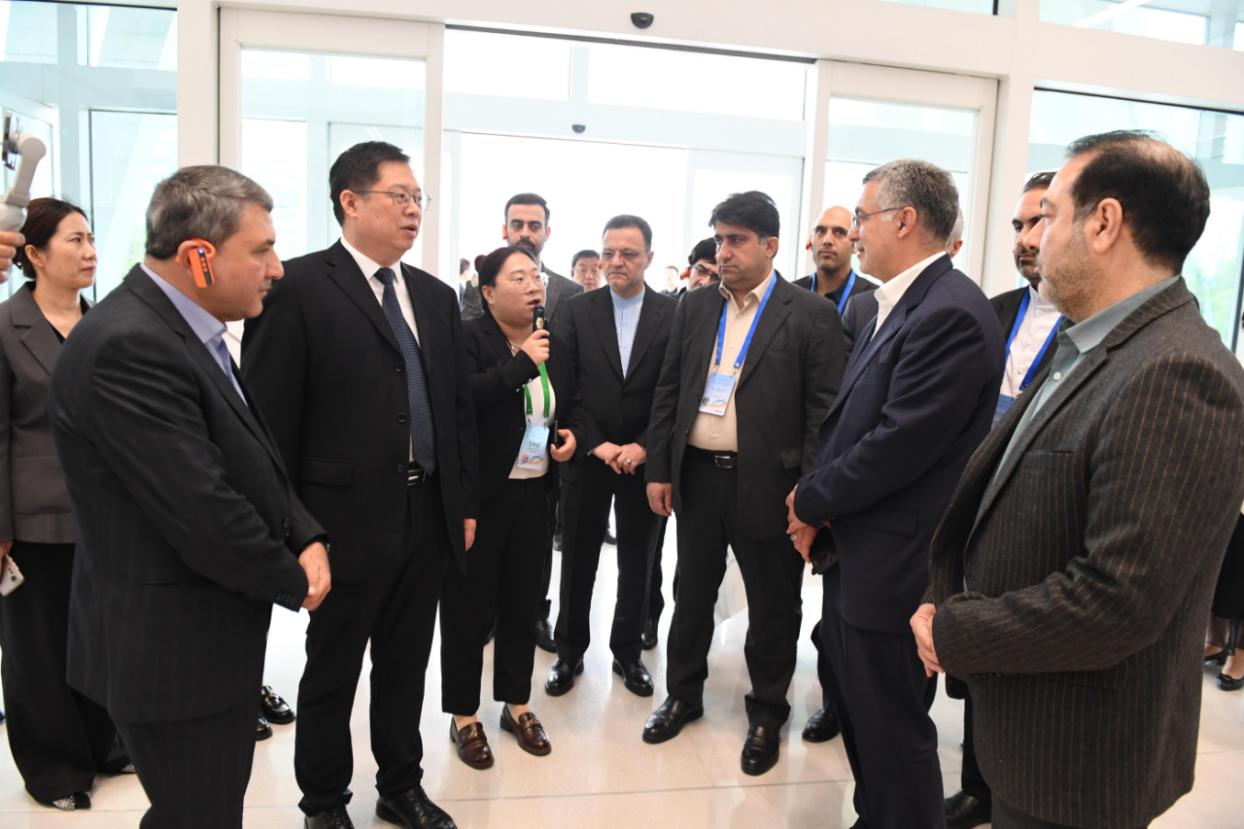
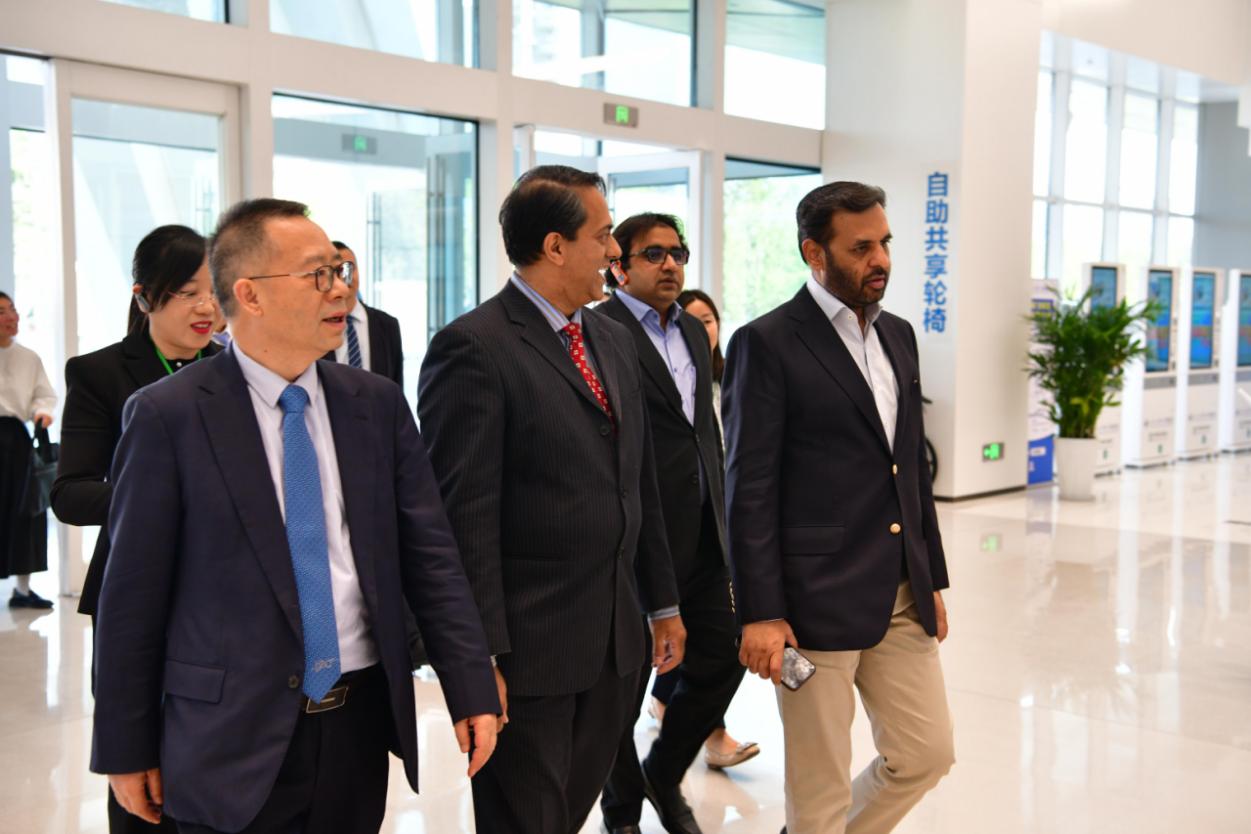
The Emergency Center at the Land Port Division serves as a frontline hub for the treatment of critical and severe cases. Spanning 6,500 square meters, it integrates pre-hospital emergency care and in-hospital emergency response, forming a streamlined and comprehensive emergency medical treatment system. The Intelligent Emergency Command Center, which drew significant attention from foreign delegates, leverages 5G connectivity and satellite positioning to enable real-time transmission of ambulance data and remote expert guidance, achieving the goal of “admission upon boarding” and bringing the hospital's pre-hospital emergency success rate to a leading level nationally. Once completed, the Extracorporeal Life Support Center will become the largest ECMO treatment base in Northwest China.
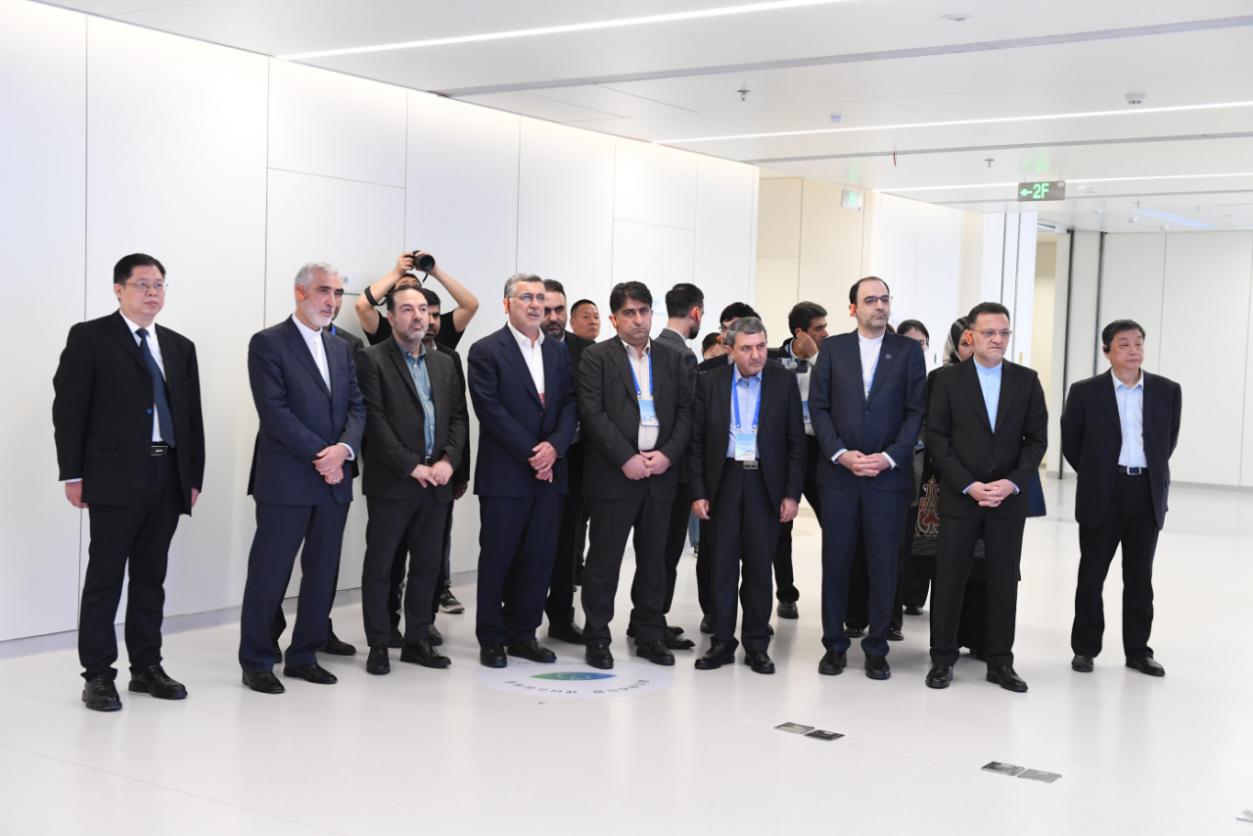
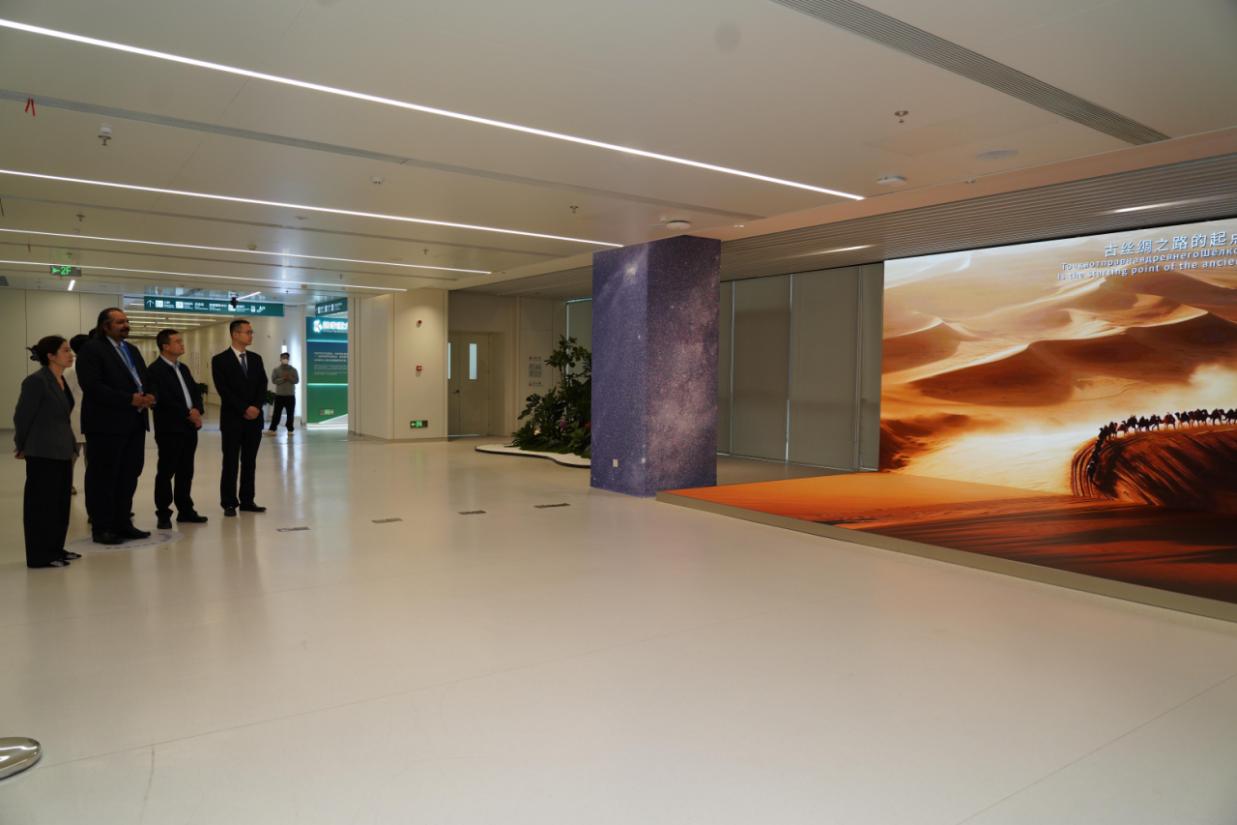

The visiting delegation walked through the Hospital History Corridor, gaining insights into key milestones in the hospital's development. At the glasses-free 3D exhibition zone, the hospital's 69-year journey of remarkable achievements and challenges was vividly presented from multiple perspectives and in immersive detail.
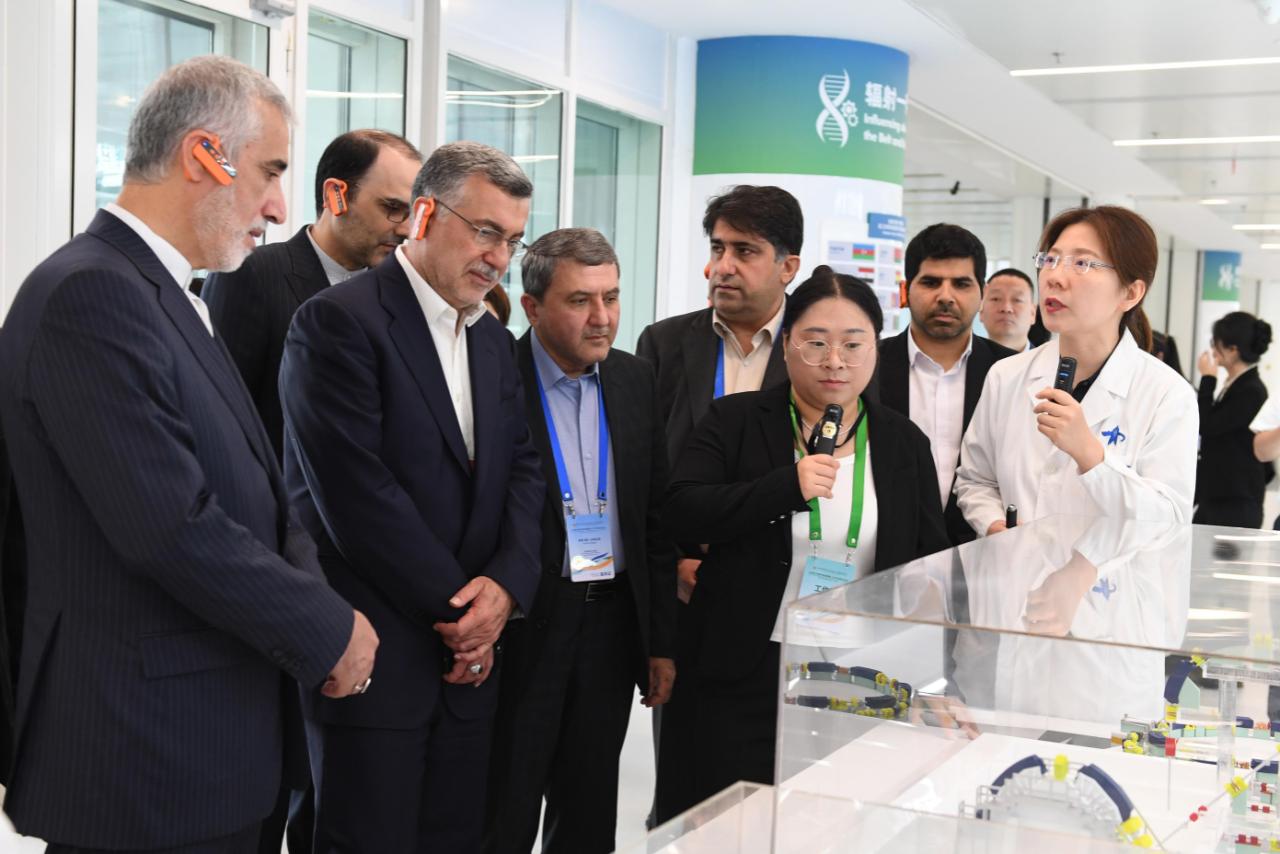
At the National Medical Center Exhibition Hall, the delegation gained in-depth knowledge of the hospital’s efforts in building a comprehensive national medical center and its breakthroughs in tackling critical bottlenecks in medicine. The interdisciplinary medical-engineering achievements were showcased, including the world’s first compact medical superconducting heavy ion accelerator prototype, a kidney perfusion preservation platform with independent intellectual property rights, and a globally pioneering system of six magnetic surgery technologies.
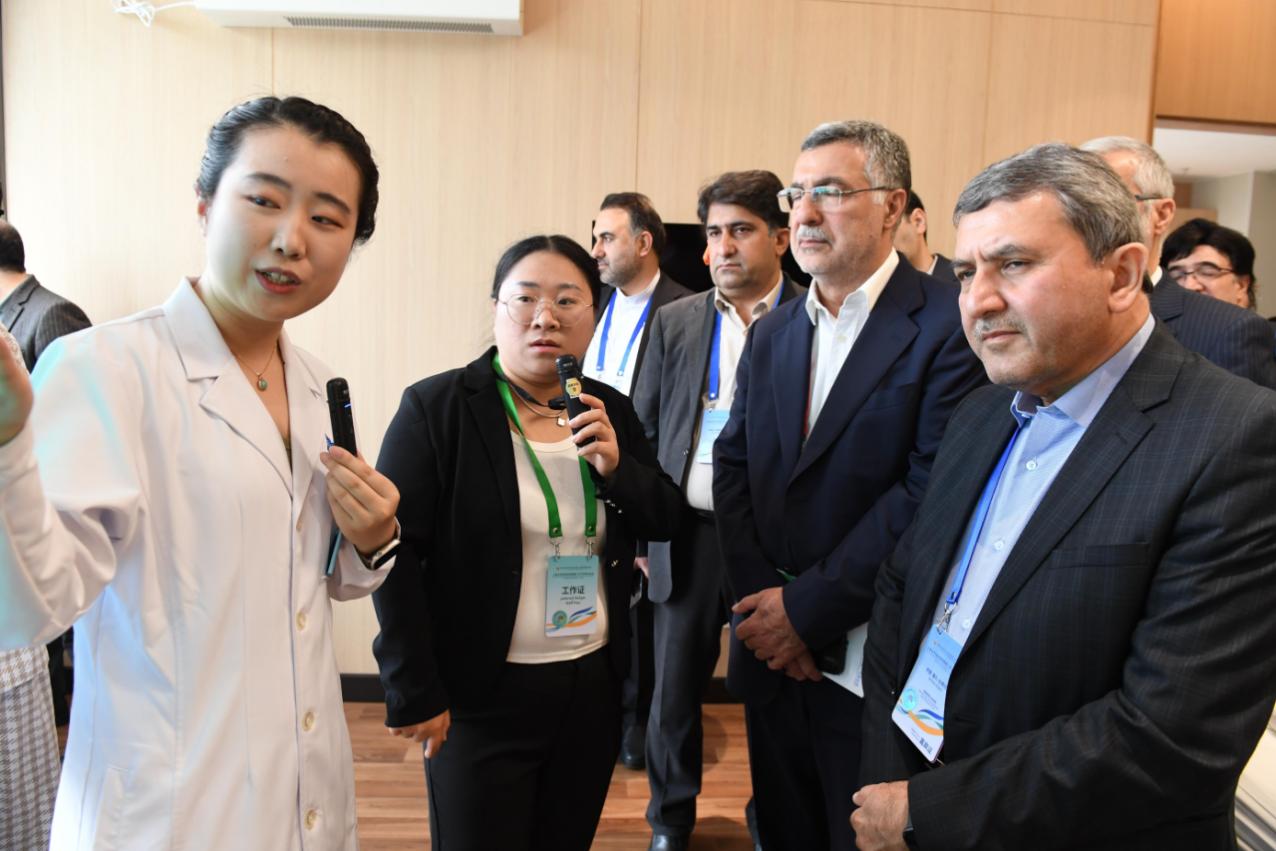

With its dual advantages of smart technology and humanistic care, the International Medical Services Department presented itself as a benchmark for internationalized medical services to the delegation. The department has successfully provided major medical support for high-level foreign affairs and delivered over 200 cases of premium diagnosis and treatment services to countries along the "Belt and Road". The smart wards are equipped with advanced facilities, offering 24-hour daily services, personalized meal ordering, and bilingual support. Patient safety is ensured through intelligent monitoring systems and SOS alert wristbands, while pneumatic and box-type logistics systems improve treatment efficiency. The department also features a National Master of Traditional Chinese Medicine Studio, where the foreign delegates experienced traditional Chinese pulse diagnosis and auricular acupoint application.

The delegation watched an introductory video on the surgical voice-graphic recording system and visited the intelligent operating rooms. On site, the hospital showcased a range of self-developed innovative technologies, such as the blue laser device and the magnetic traction surgical exposure system. Characteristic techniques from the Department of Neurosurgery also drew strong interest, such as keyhole surgery for epilepsy, cervical deep lymphatic-venous anastomosis for Alzheimer’s disease, and the magnetic wave knife treatment system.